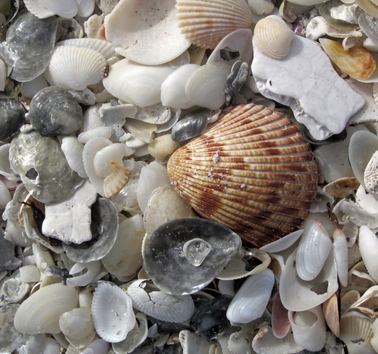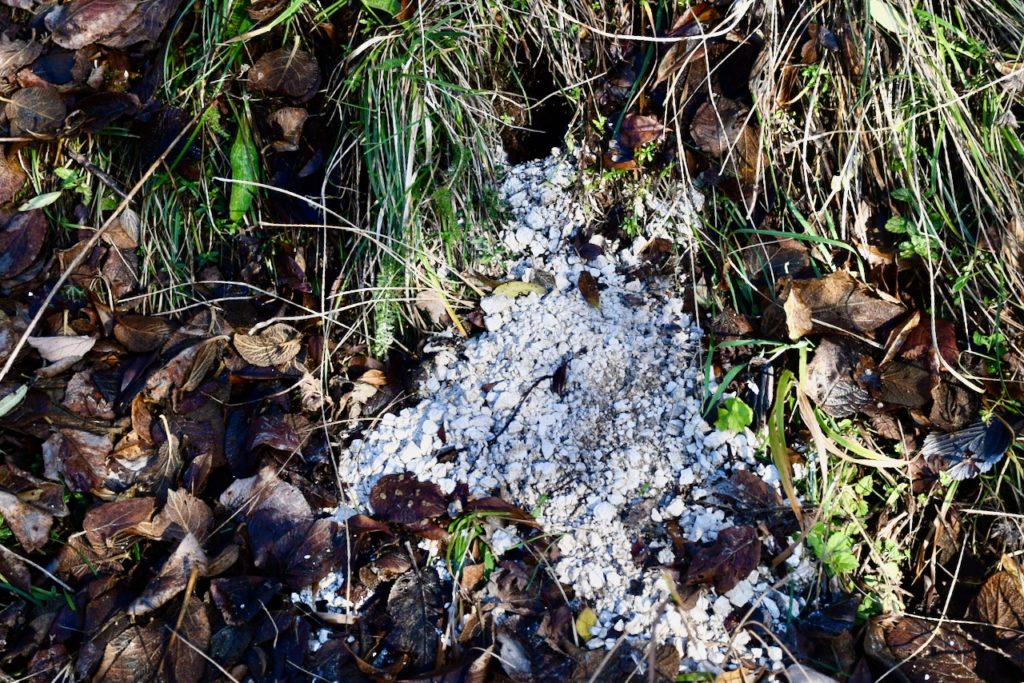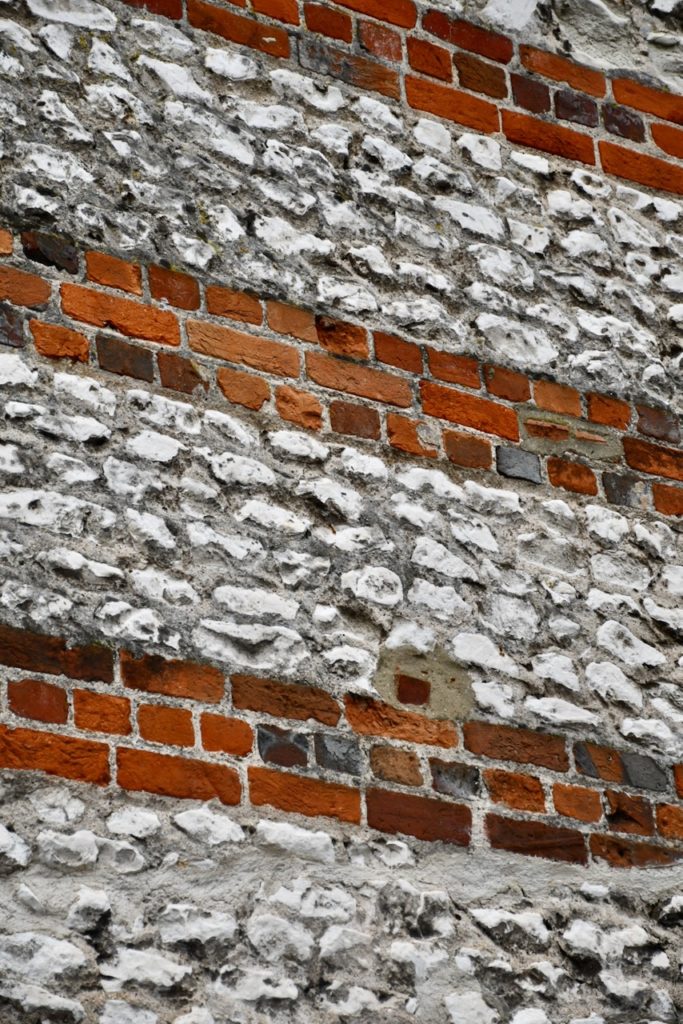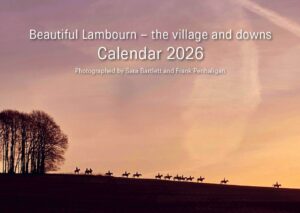
The village of Lambourn is located on the top of a number of layers of sedimentary rocks which were laid down many millions of years ago when the whole area was at the bottom of the ocean.
Under a thin covering of soil, the upmost layer of rock is called Upper Chalk. It is recognisable throughout the area and often breaks the surface as a crumbly white rock.

The Chalk was formed about 100 million years ago during a time period called “The Upper Cretaceous”. The rock is made up of the remains of mollusc shells, foraminifera and coccoliths. The remains of the small sea animals settled on the ocean bed over a very long time and were compressed by further layers of material.
Fossils are very common in chalk and can be found where the solid rock is exposed. The chalk in the Lambourn area and the North Downs is very white and pure which suggests that when it was laid down the whole area was a long way from any land mass. Being close to shore would probably have resulted in mud and plants being mixed in with the shells of the sea animals.
Chalk is a soft porous rock which crumbles easily. Where the topsoil is thin or removed the chalk can be seen clearly. It weathers easily due to the porous nature and mosses and lichens grow on the surface.
Here one can see the chalk excavated by an animal digging a burrow. The soft white rock has been crumbled into small fragments as the tunnel was dug into the hillside.

The chalk beneath Lambourn acts as a giant sponge, soaking up water from rainfall and storing it in the porous rock. The water supply for Lambourn comes from deep wells which are located in Upper Lambourn. The wells extend over 100 meters into the chalk to the point where plentiful water can be pumped to the surface. When the chalk sponge is full, springs appear on the surface. Some are located in Lynch Wood which is the source of the River Lambourn. The reason the river is seasonal is due to the changing amount of water held in the chalk ‘sponge’.

Chalk is also one of the reasons the racehorse industry is located in Lambourn. The porous nature of the chalk means that the gallops are typically dry and do not become waterlogged. With a covering of top soil they are springy and make a good surface to train racehorses.
Chalk was also used as a building material, principally because it was local, available, cheap and easy to work with. It was mined in quarries throughout the area. One of the largest ones was North of Letcombe Regis. It is not an ideal material because it readily absorbs water and then tends to splinter in frost. Firm and solid chalk was referred to as clunch and deemed best for building. Although now rarely used as a building material, there are a number of examples of chalk used in houses and walls in Lambourn. Often brick is used to bring more strength to a chalk wall.


Chalk is also used as a base material for roads and tracks. It can me compacted into a near concrete like layer by crushing and pounding. The drawback is that in wet weather chalk tends to soften and thus is not ideal for tracks where vehicles drive. One of the most famous roads in the area is the Ridgeway which, for the section in the Vale of the White Horse, tracks along the scarpe slope of the North Downs, primarily on chalk.




